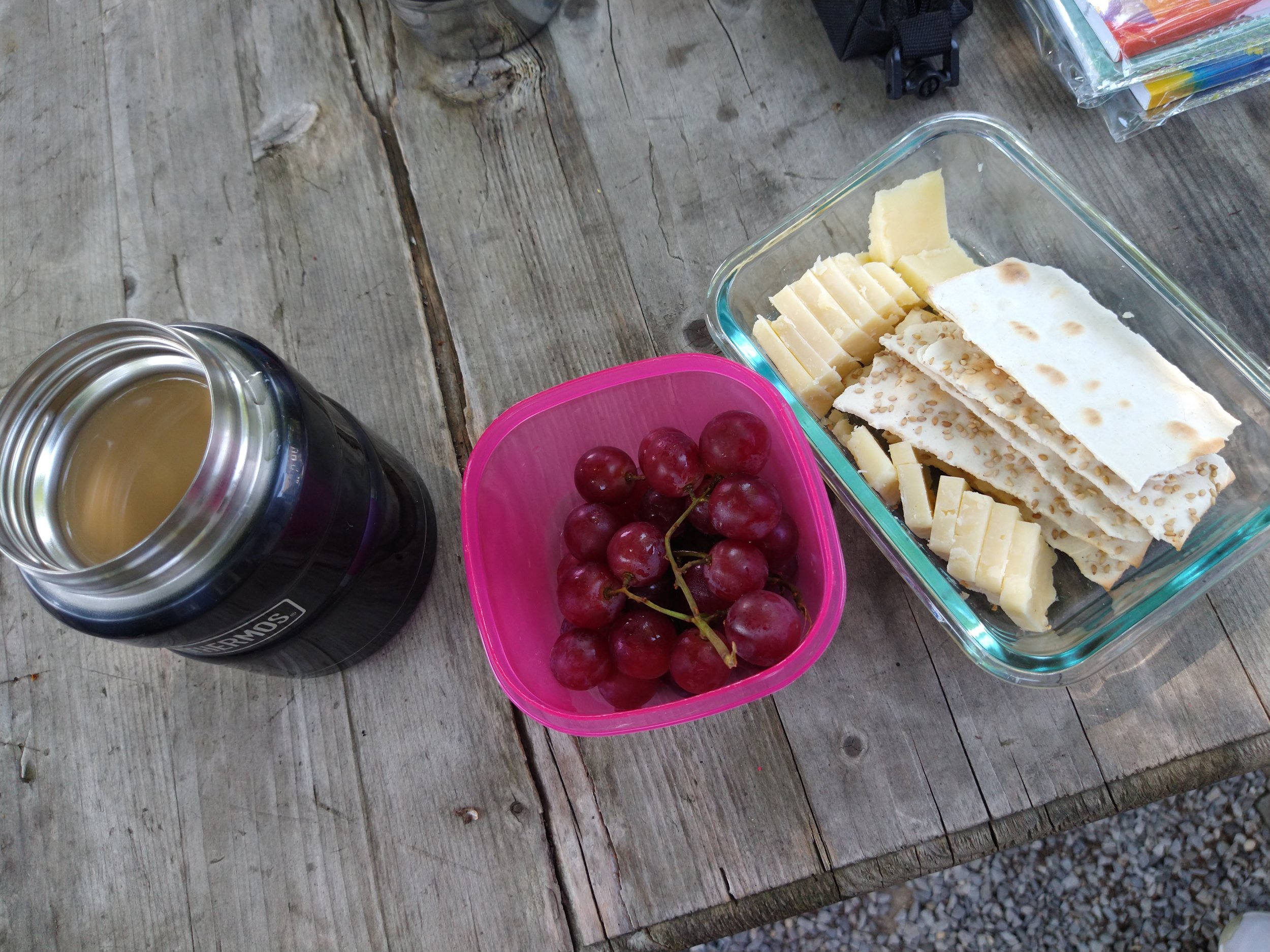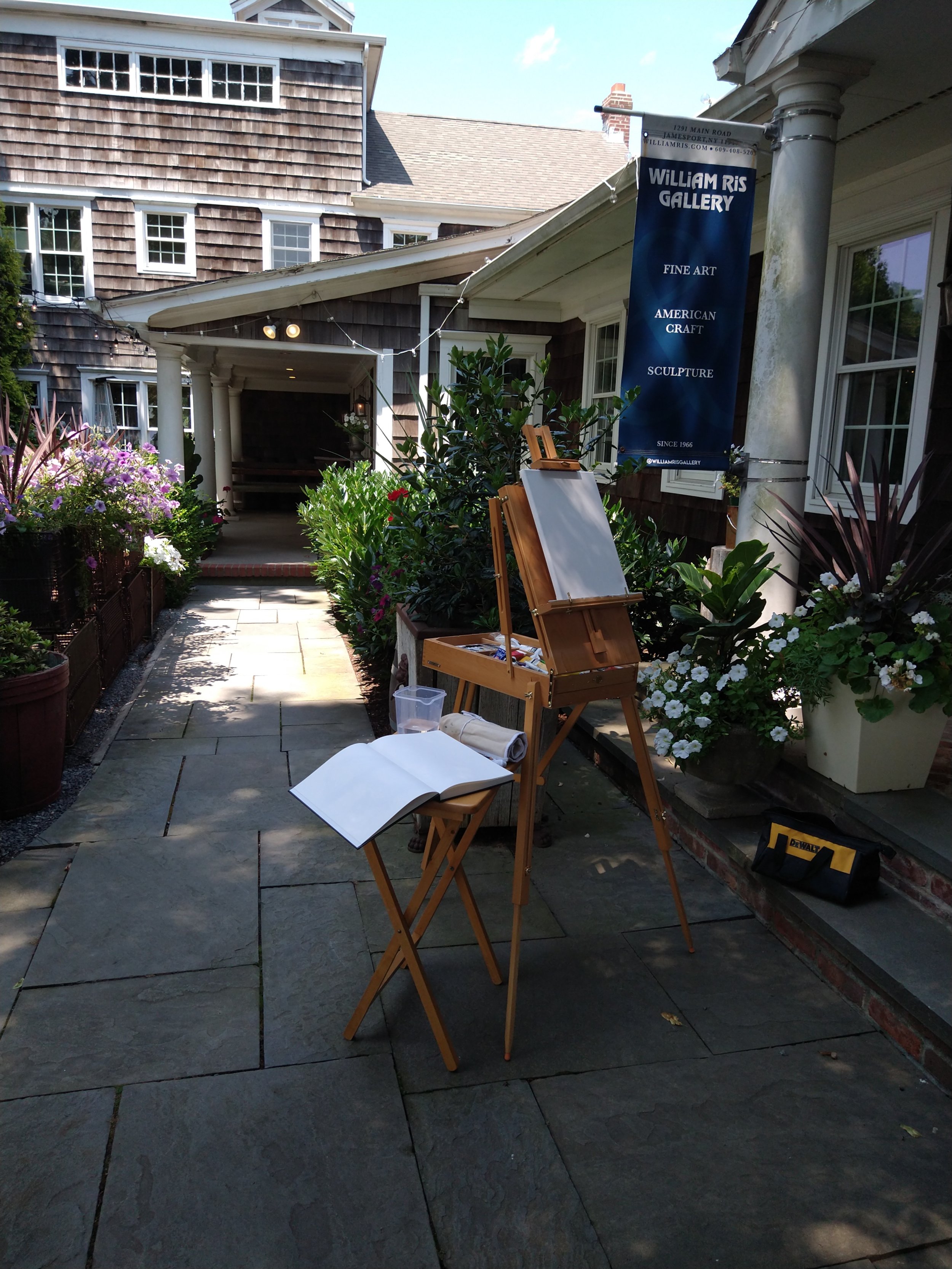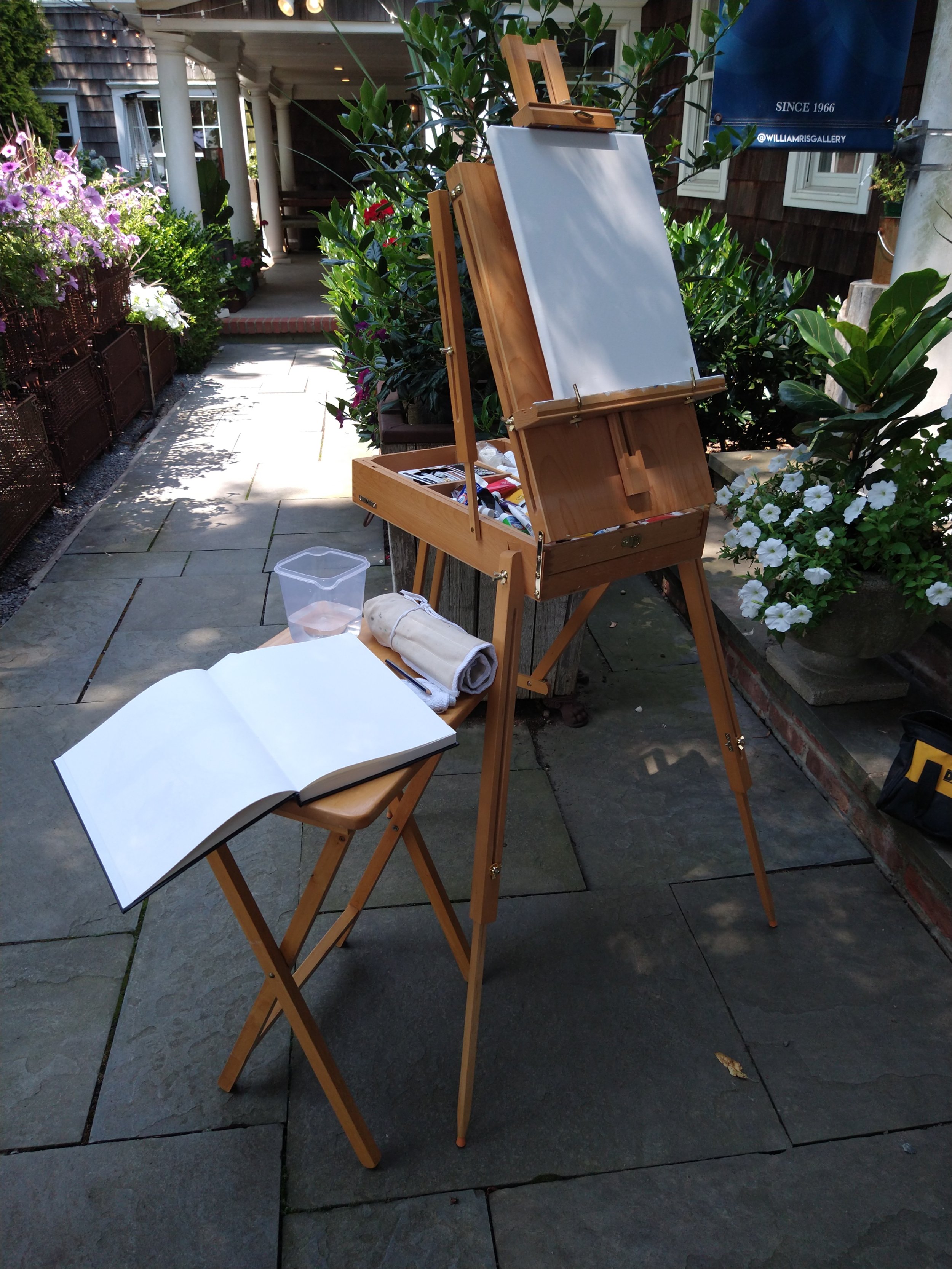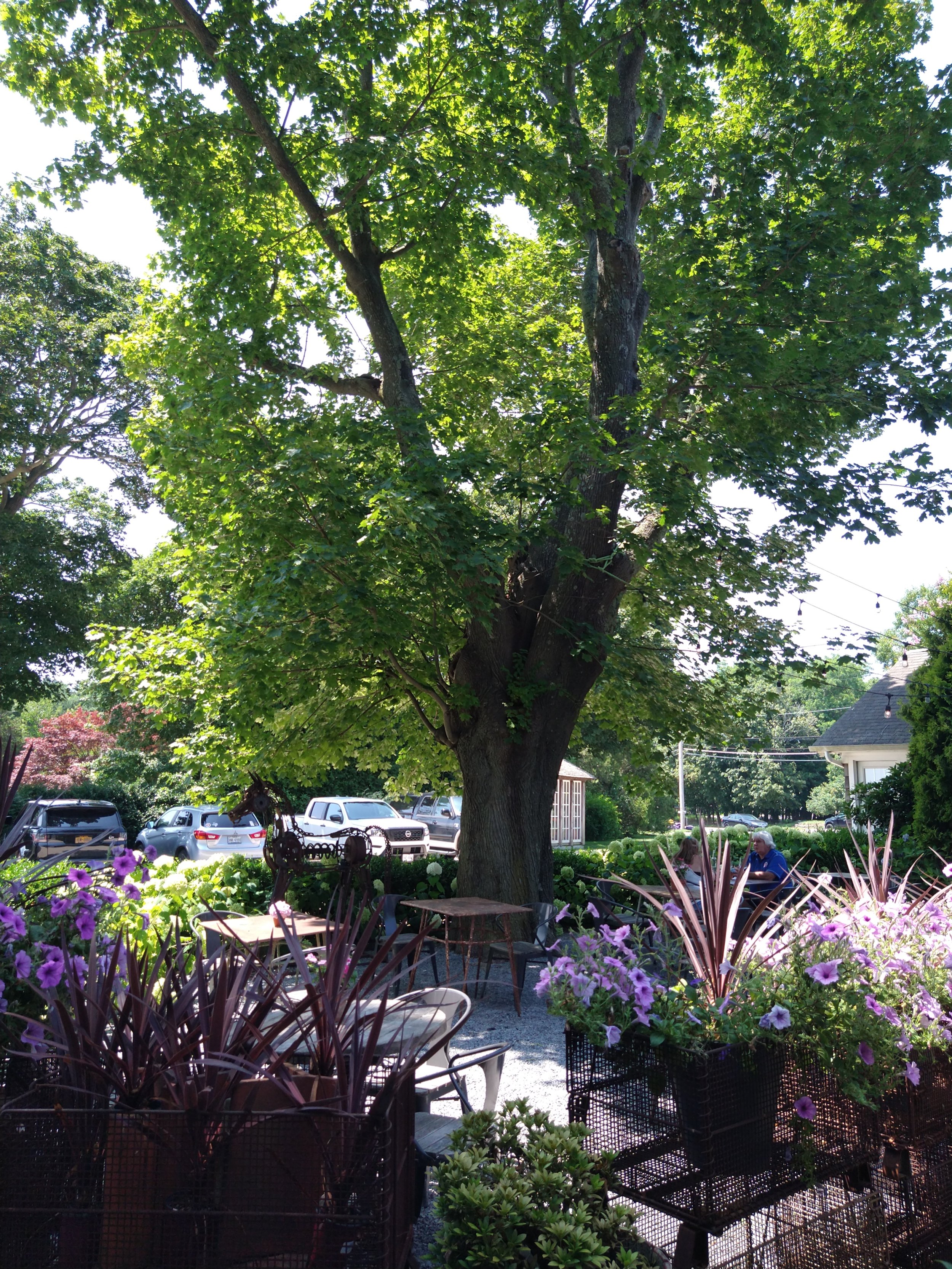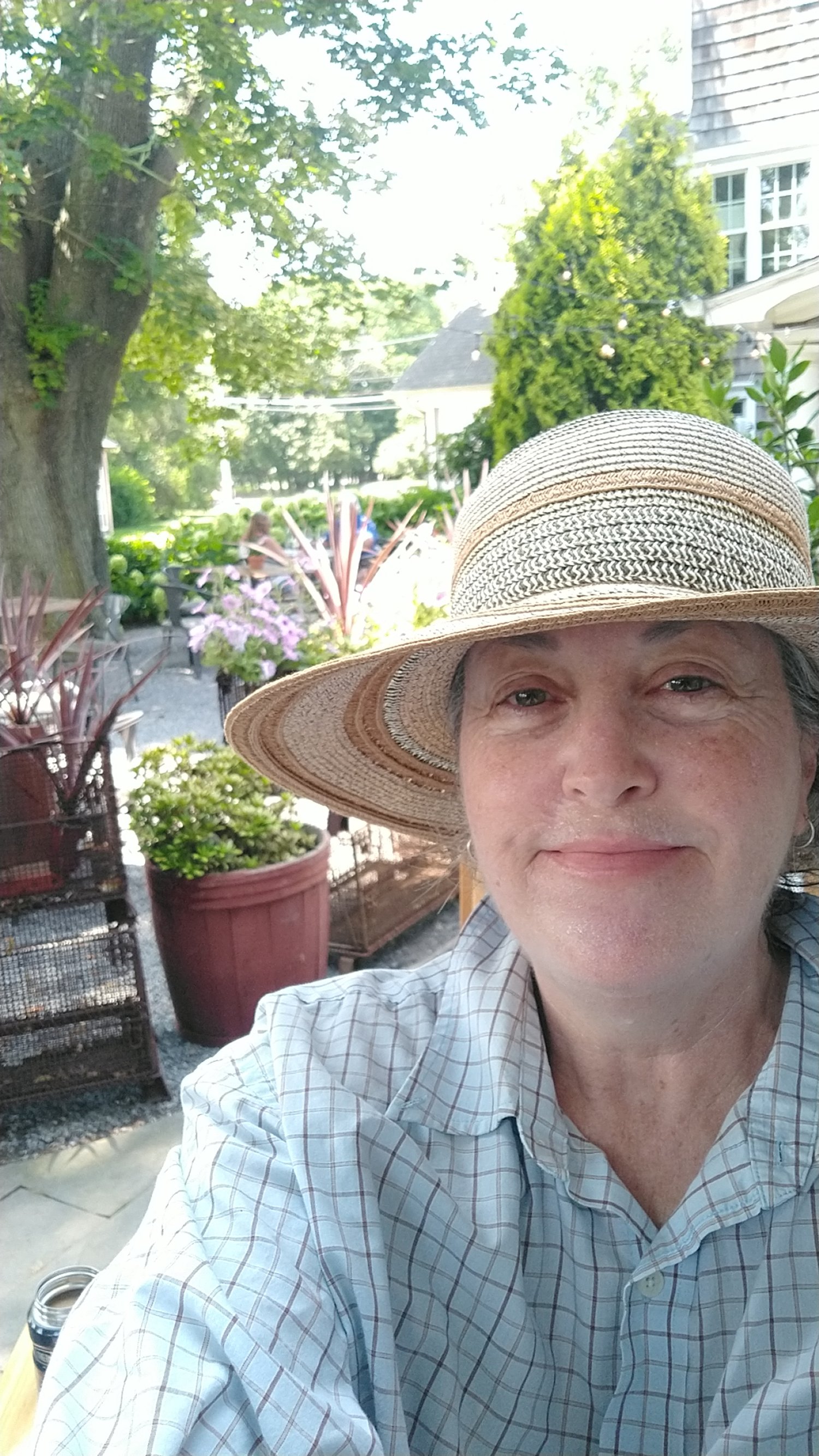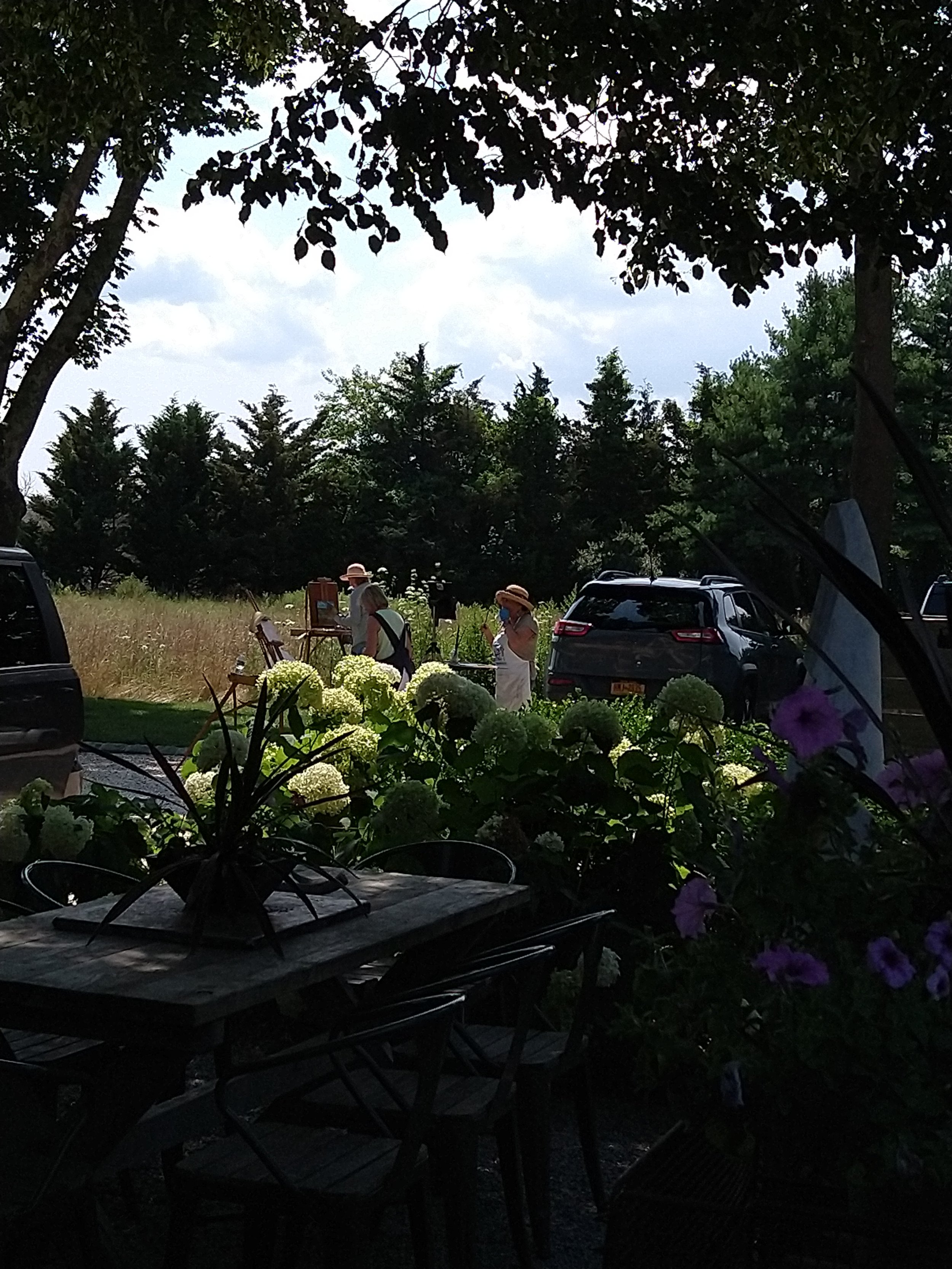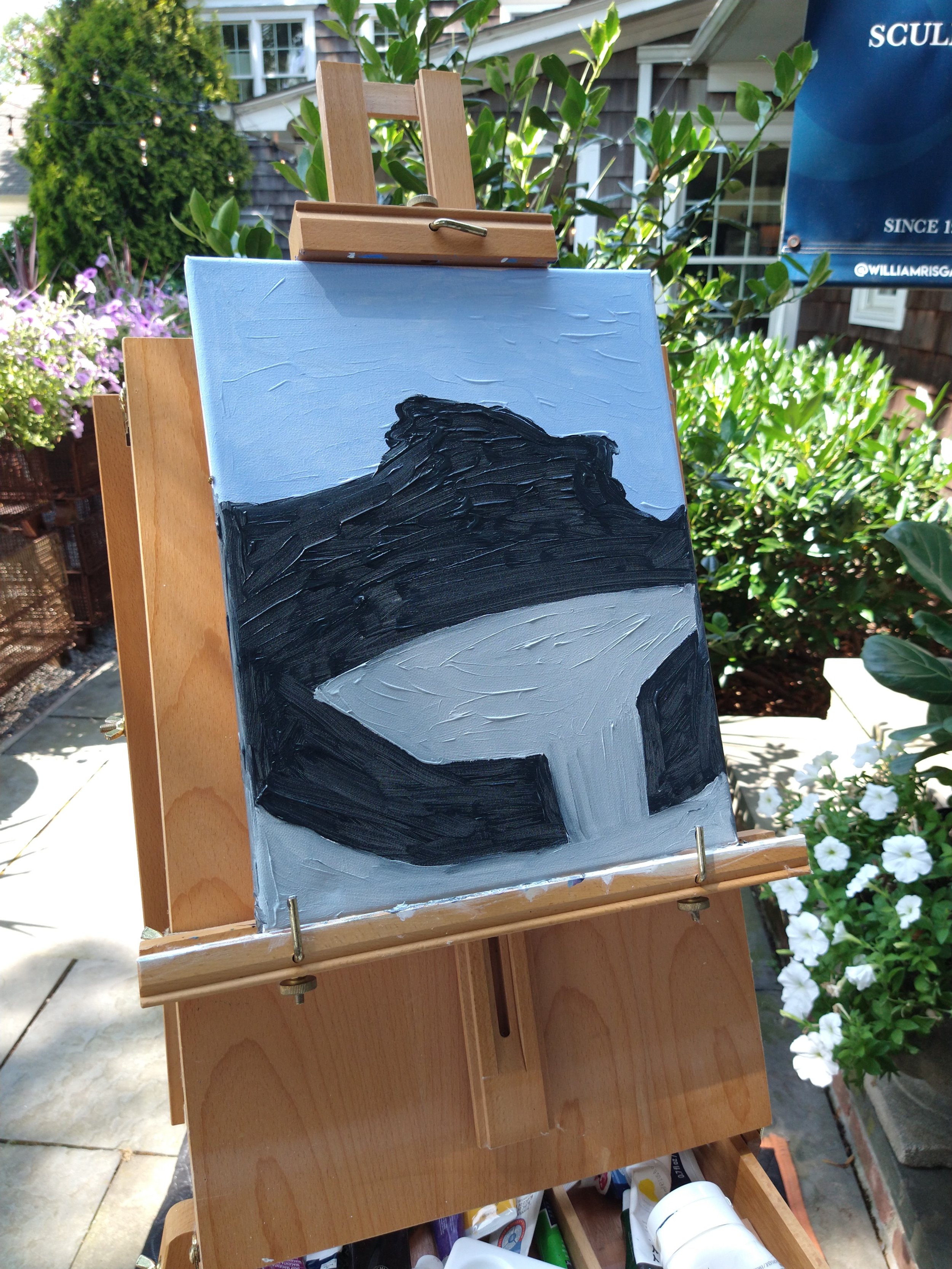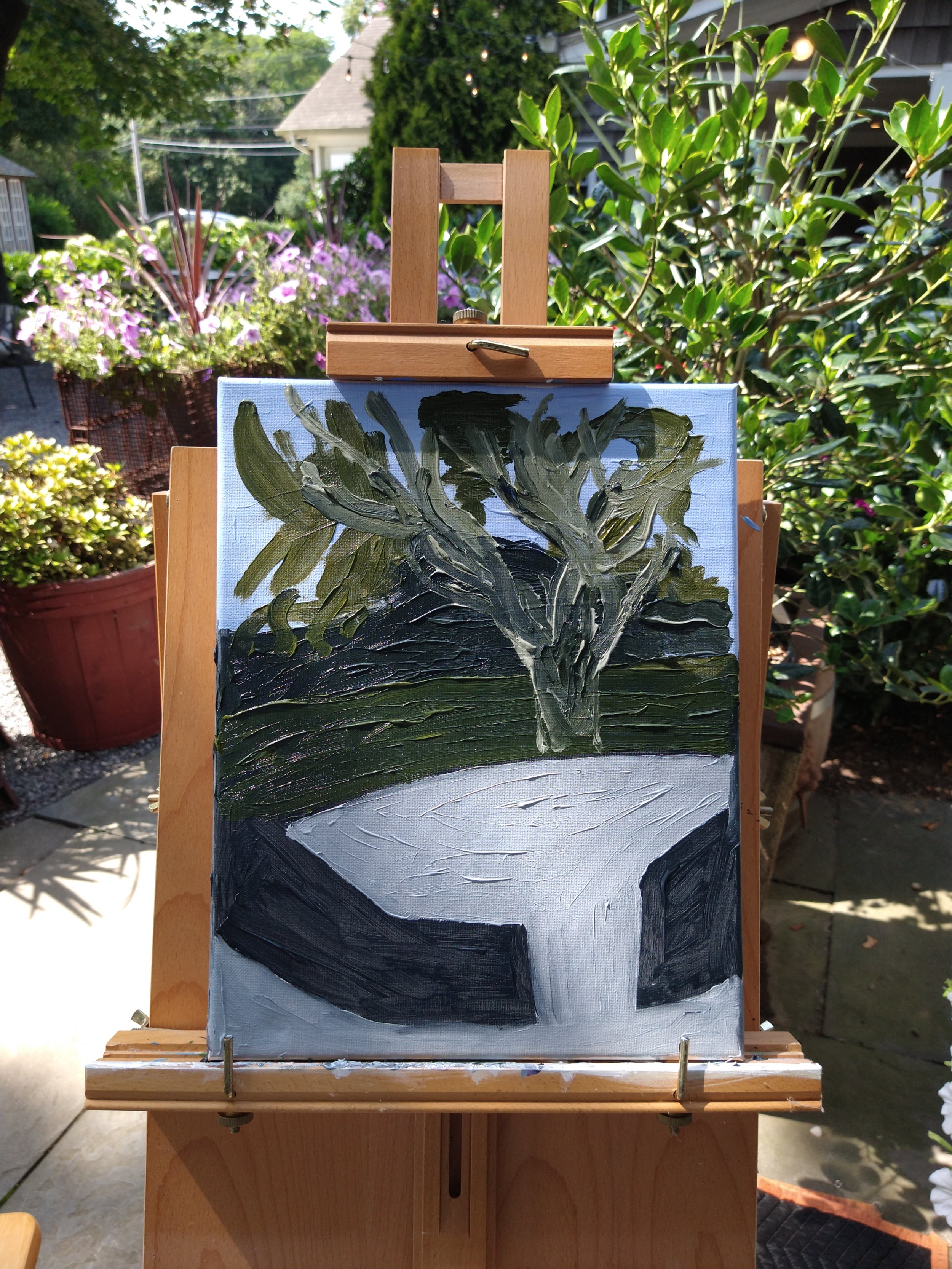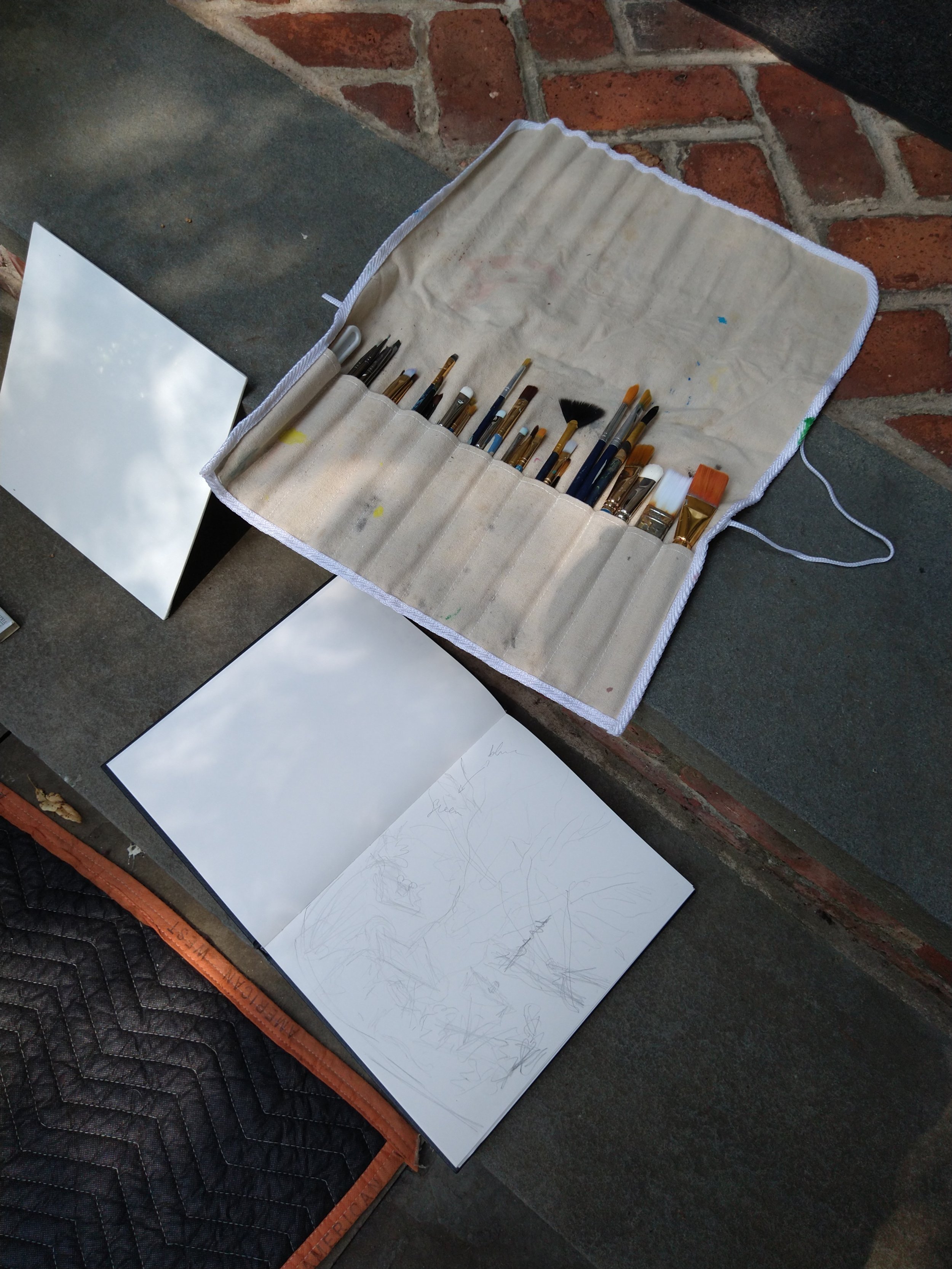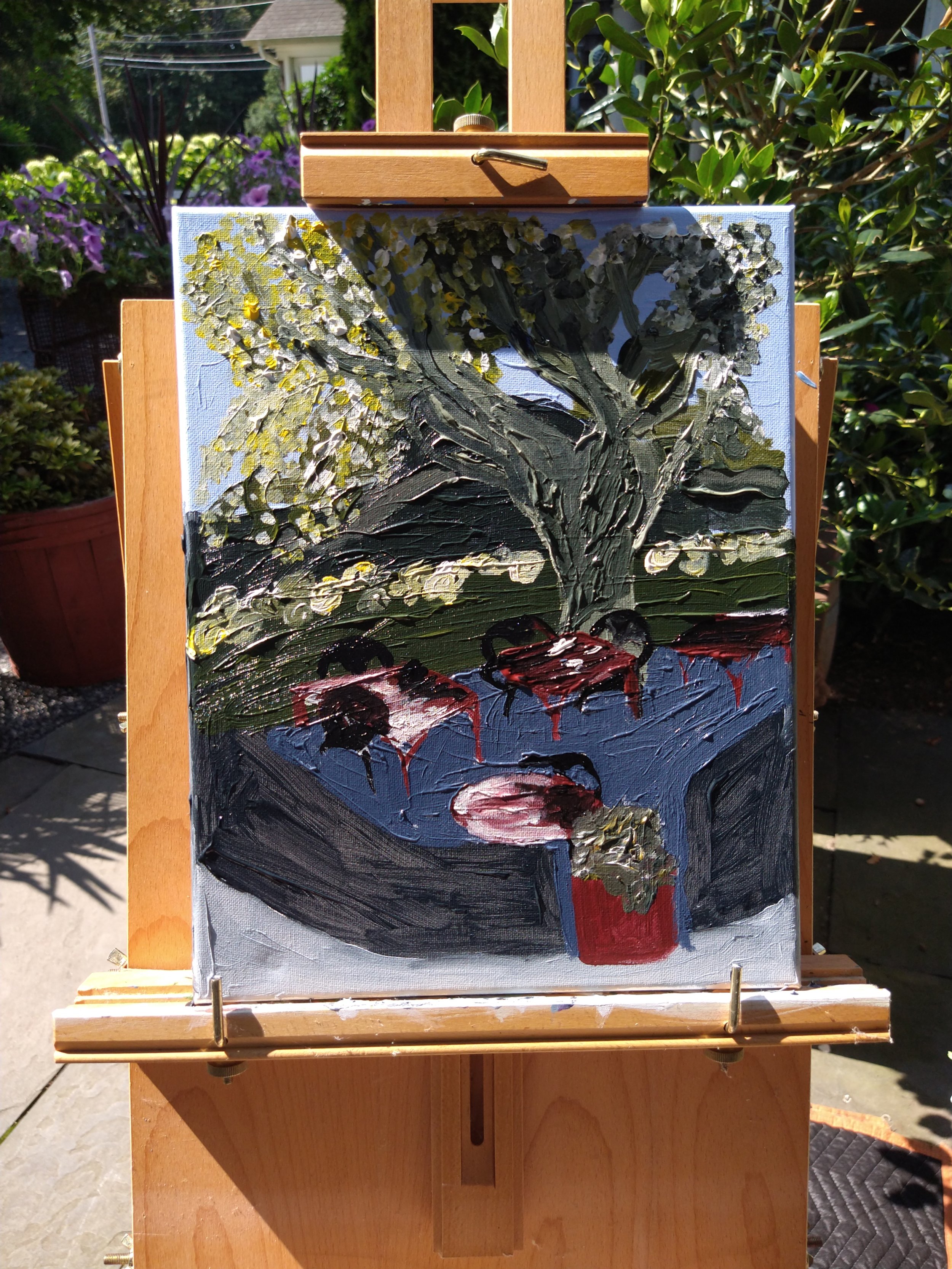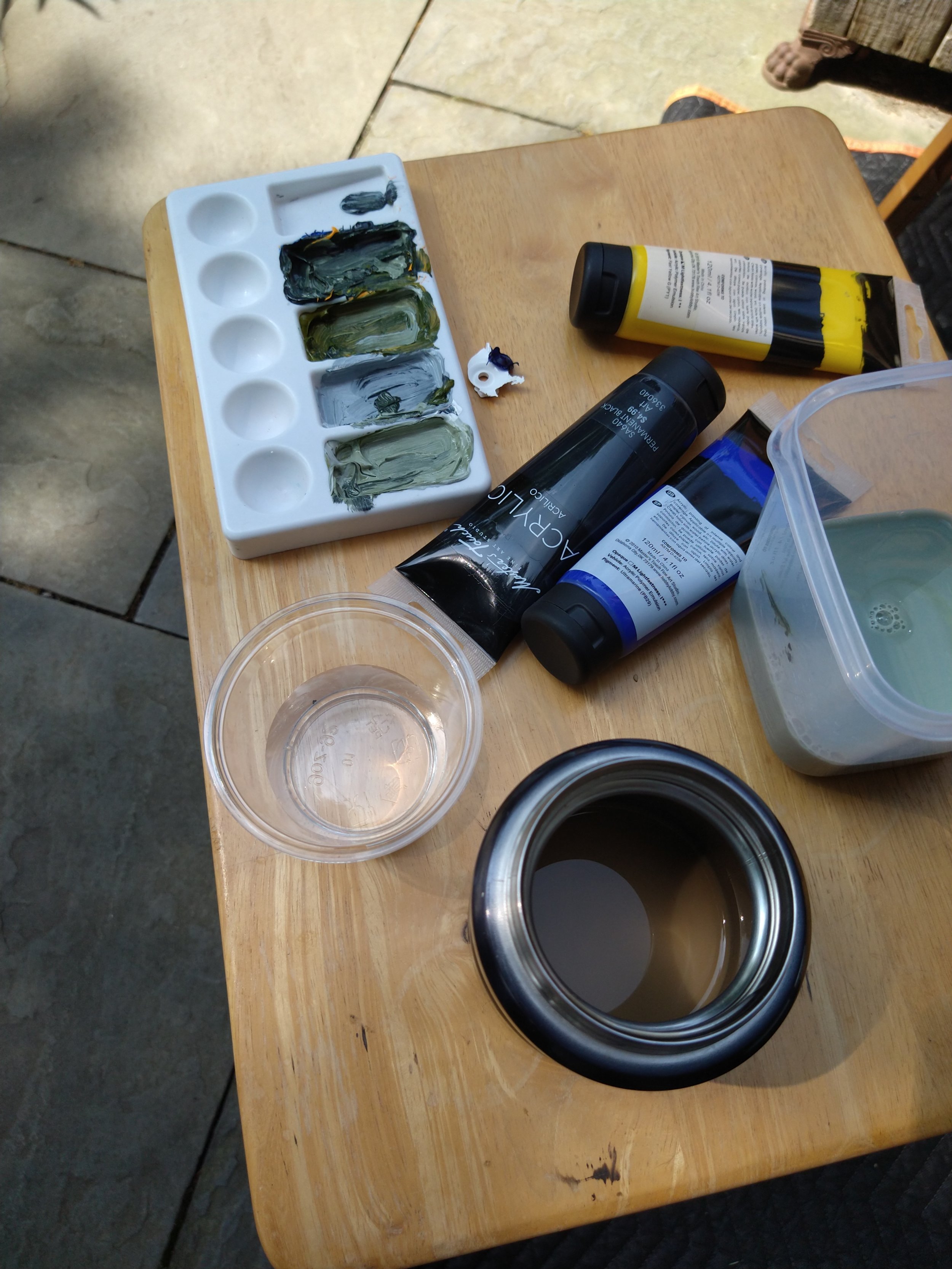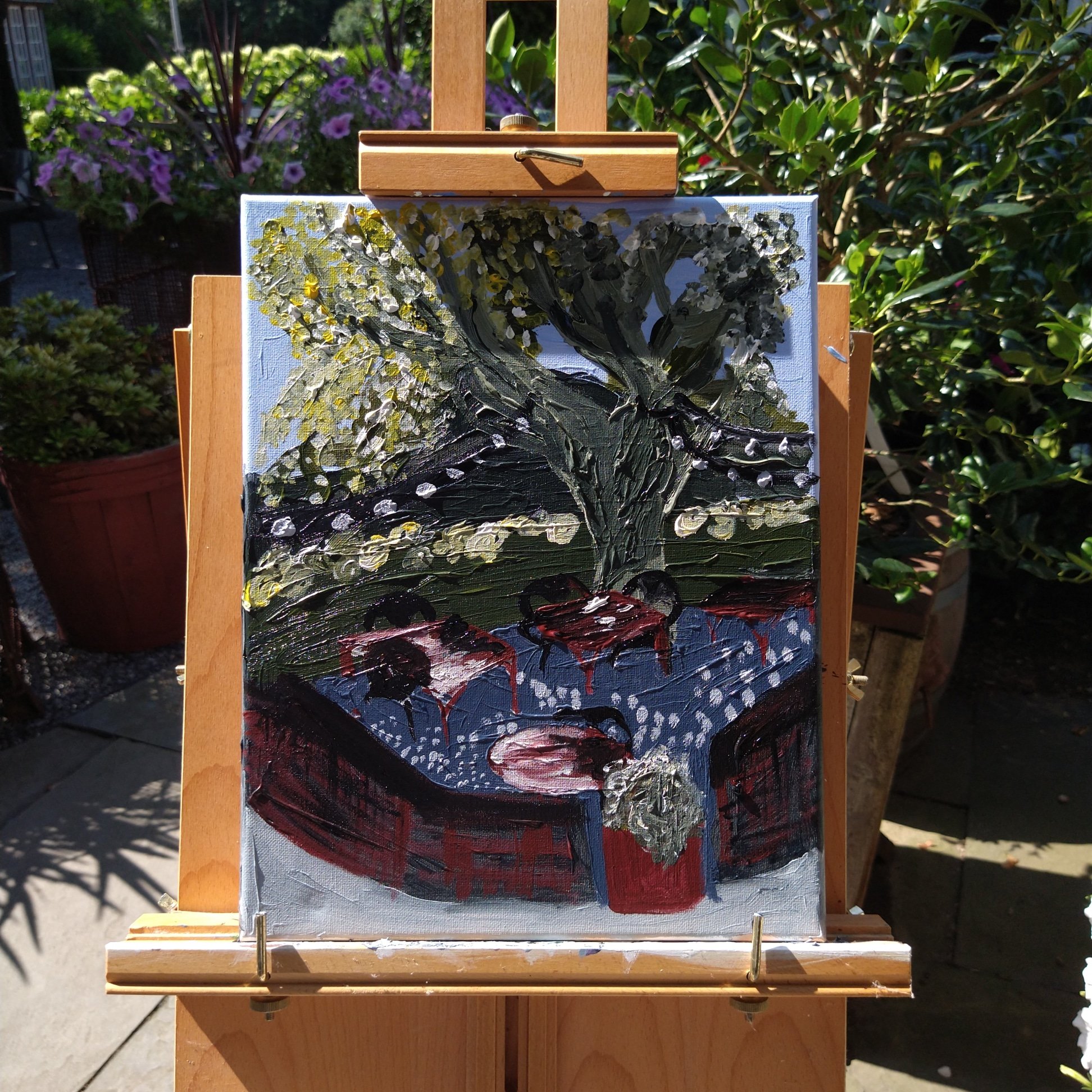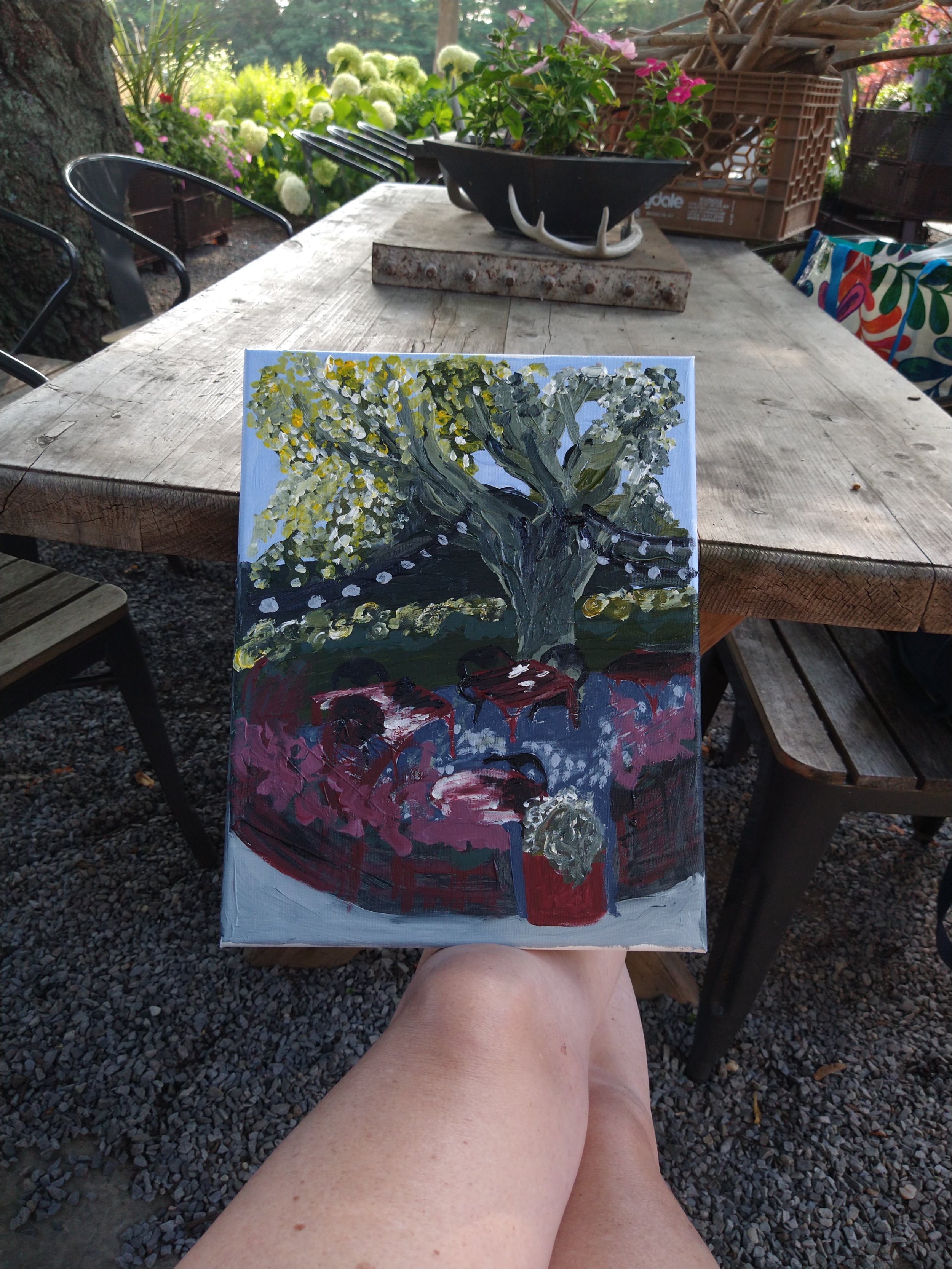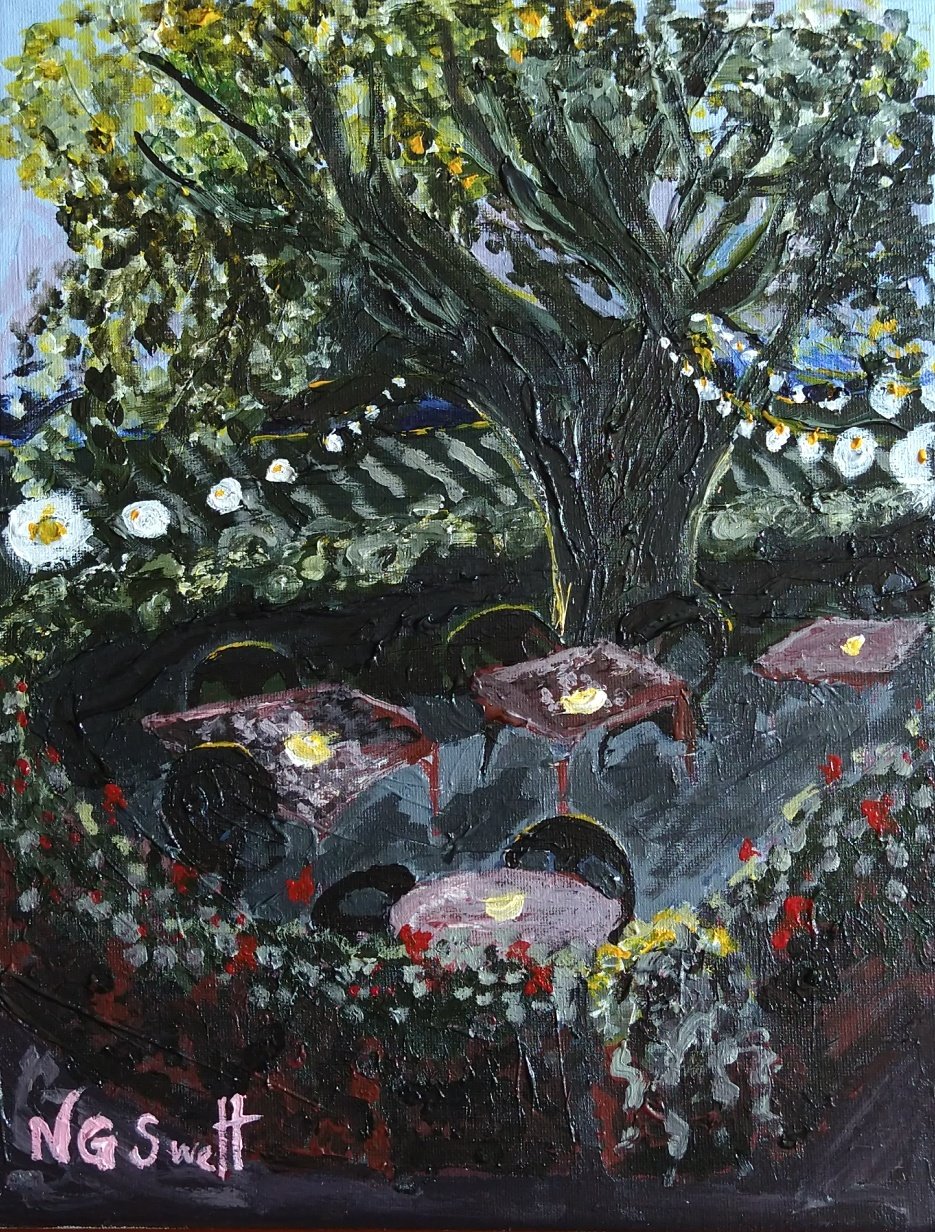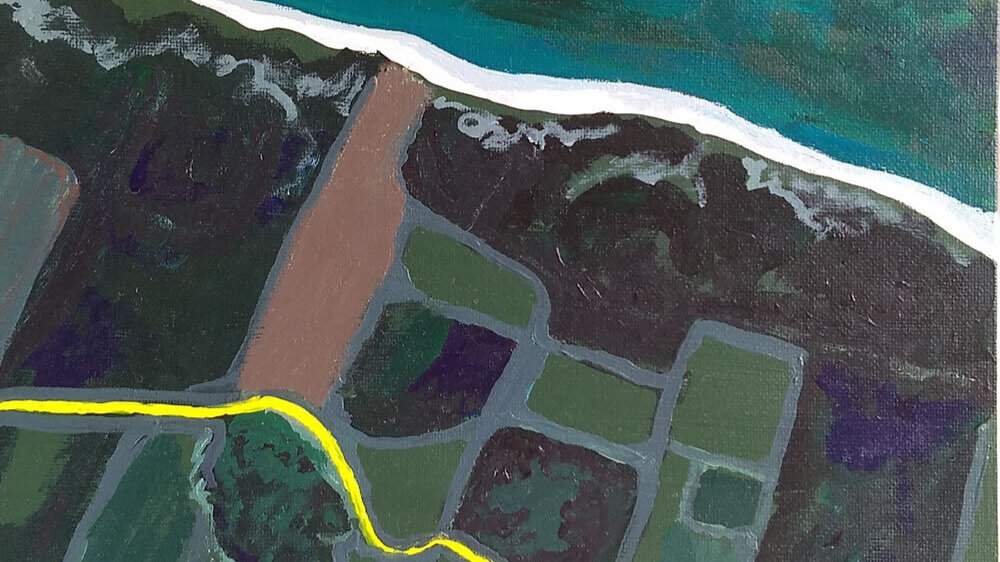
Nan’s Notebook
East Coast USA
Use a news reader app?
Get new posts from Nan!
Just copy and paste this address into your reader service:
https://www.4seasonshelf.com/blog?format=rss
Exile: its meaning, purpose & tips
I know, it’s an odd topic but hear me out…
Why though?
It’s so simple.
I went to the beach, I found a nice spot to set down camp, and once I had a swim and settled in, I got a feeling of being alone and far, far away.
To capture the feeling and to practice taking wide video and being “on camera” I recorded the scene on my phone. I thought, maybe I could even use the video clips at one point.
With the beach footage in mind, and the feeling it gave, I researched the idea of exile. It’s a subject that’s come up in my own fiction and poetry writing. It’s an interesting subject. The more I found out, the more a video came together.
So this is how I used the beach footage:
Notes on the video
I used:
smartphone for beach footage, no tripod or mic
my “Blue Wave” 10x10” mini acrylic painting in lieu of the beach’s water view
ChatGPT, Answer the Public, YouTube and Google search to shape and research the ideas of the video
Canva to make the longer, wide version of the video itself as well as shorter vertical versions for social media, the thumbnail, and graphics
Audio from YouTube’s free audio library, including surf sounds and thought-provoking background music
What I like and what I don’t like
I like that the video felt fresh to me in the sense of experiencing something and within a week putting it into a video and dispatching it out to the world. If people knew more about exile, maybe it would be easier to survive and thrive through it.
I don’t like that the video reveals the kind of subjects that I’m liable to go off on a riff about. I mean, who thinks about exile??
~ Your pal, Nan.
“plein air” painting 101
How to prepare and what to expect
Here’s a carousel of images from a recent plein air painting session to give you a quick idea of how it goes (SWIPE)…
Plein Air Painting Tips:
Look for plein air painting events near you.
A great group leader orients the whole group, helps get each painter set up, monitors progress, does his/her own painting, and conducts a “crit session” in which artists give and get comments on the work created.
Take the opportunity to meet other artists, introduce yourself, and enjoy interactions. You might even want to set up close enough to shoot the breeze with some people.
Pack and test materials in advance being thoughtful about what you’ll need. Maybe make a list. Place everything in one place by the door.
What you’ll need: at the very least a pad of paper, a writing instrument, a snack and an open mind. A step up from basic is a small portable set of colors be it markers, pencils, crayons, pastels or paints — with heavier paper. From there, you can get into the bigger paint sets, easels, canvas boards or canvases, etc.
When you get to the location, find a view that speaks to you most. Begin to notice its features, contours, colors and proportions.
Take some time to set up, look around, enjoy the moment, the anticipation, the mild but pleasing pressure to produce something.
Do a sketch or two on paper.
Follow your normal drawing or painting process.
Remember, plein air painting is all about spontaneity, imperfection and discovery.
Keep in mind time constraints.
You can work on it more later.
Listen for and consider comments of other artists, you may pick up some great tips for how to get better as a painter.
Always be kind and constructive in your own comments.
Bring a snack and beverage(s).
Think about rest room vicinity.
That is all, really. Have fun!





